Bath School Massacre Memorial
Introduction
Text-to-speech Audio
Images
The cupola which once sat atop the old Bath School building is now located at the center of the memorial park
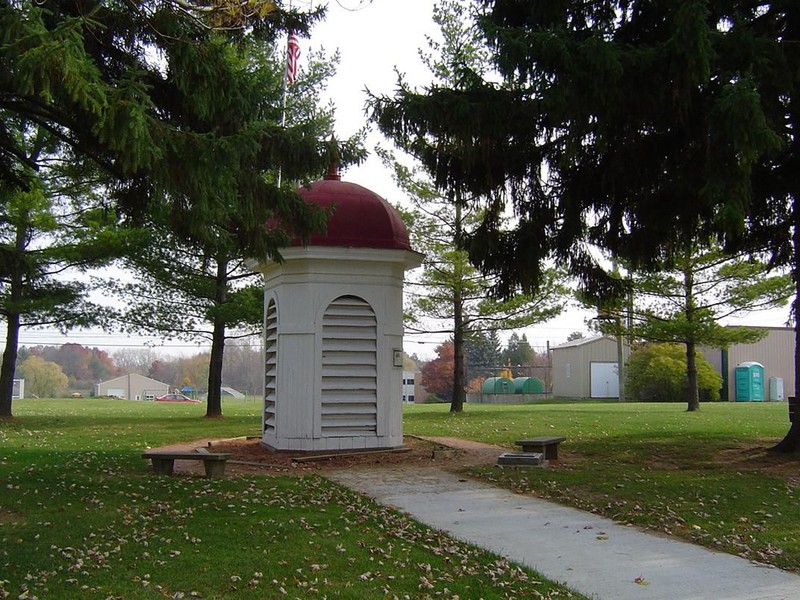
The Bath School building after the bombing
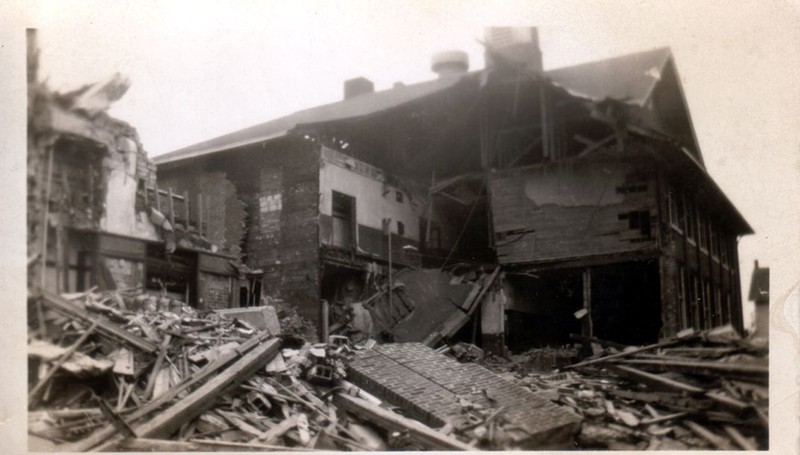
Bath School prior to the May 1927 bombing
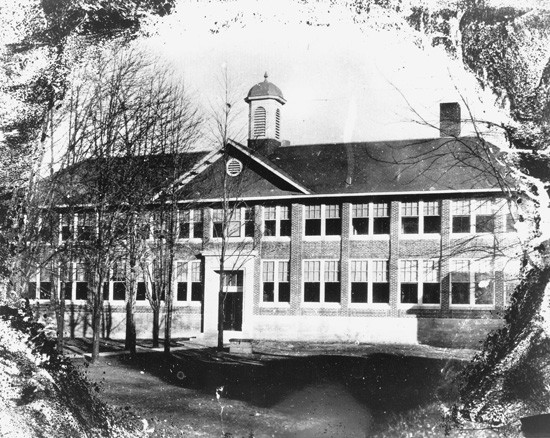
Andrew Kehoe, the farmer and school employee behind the bombings
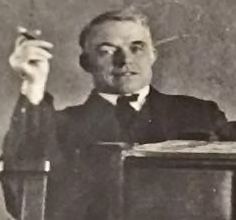
Memorial rock located where Bath School's north wing stood, with a plaque dedicated to those who died
.jpg)
All that remained of Kehoe's car after the explosion
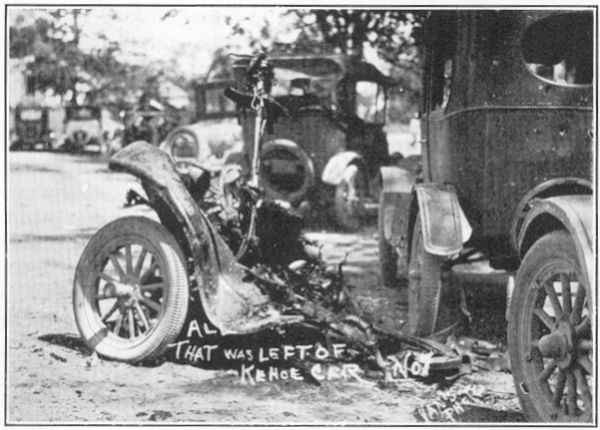
A sign left by Kehoe on the fence of his firebombed farm reads "Criminals are made, not born"
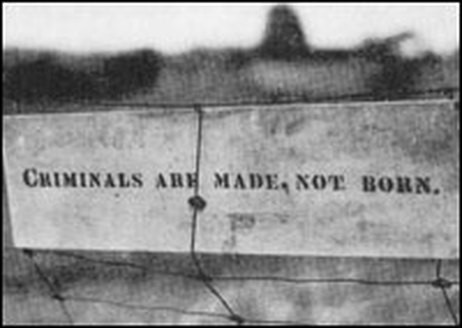
500 pounds of undetonated dynamite found underneath the south wing of Bath School
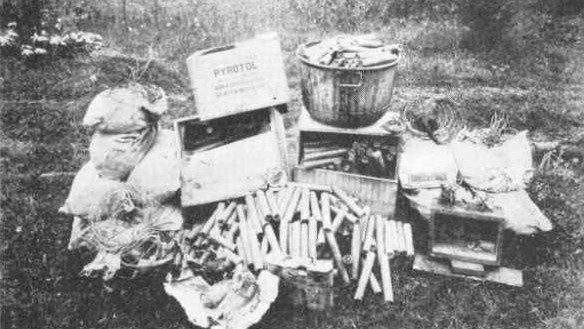
The Bath School explosion was massive enough to destroy nearby cars and property
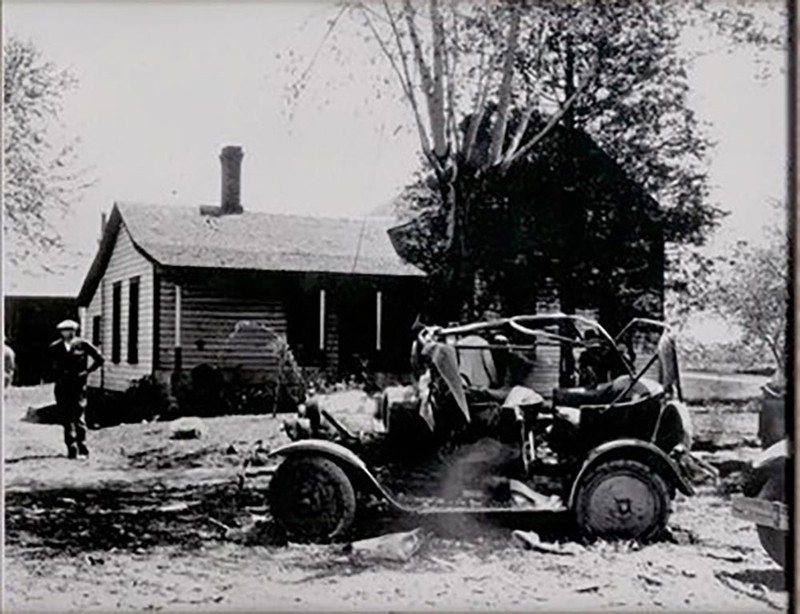
Remains of Kehoe's house after the firebombing
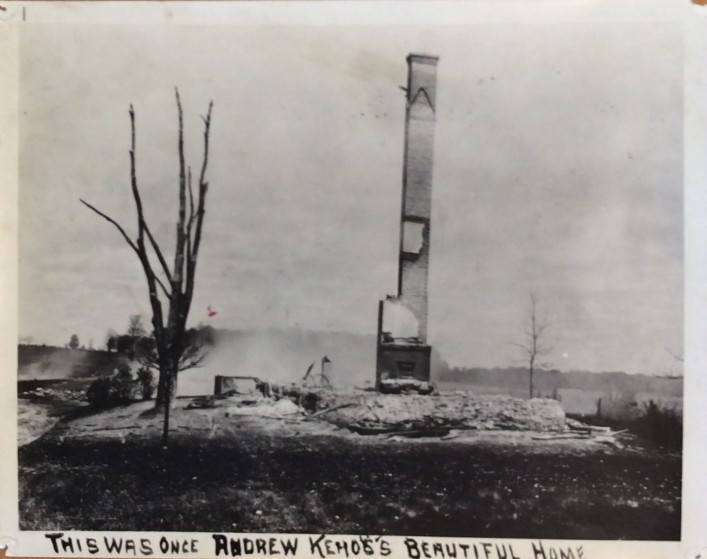
The watch that Andrew Kehoe always wore. The minute hand is frozen on the moment he detonated the dynamite in his car, killing himself and four bystanders
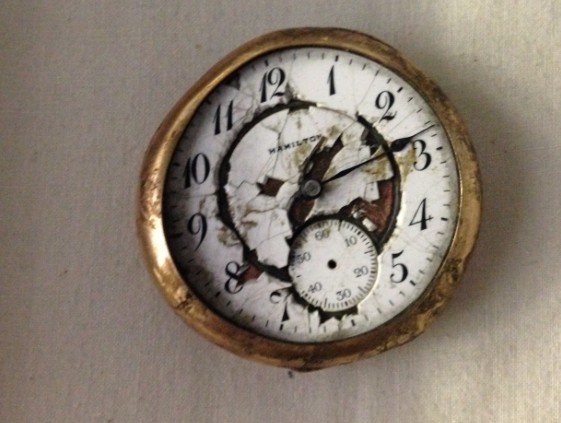
Kehoe shot his livestock and burned his farm equipment shortly before the massacre. The incredulous caption of this photo reads, "The maniac had plenty of farm implements"
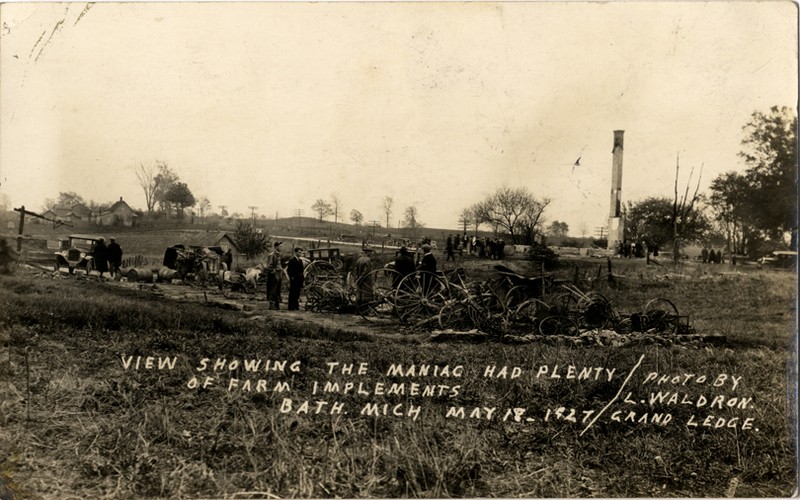
Backstory and Context
Text-to-speech Audio
In the 1920s, Bath Township was a small farming town in rural Michigan that was home to roughly 300 residents. During this time Bath had only one schoolhouse that was quickly becoming crowded as more and more children in the community hit primary school age. To accommodate for this, the much larger Bath Consolidated School building was opened in 1922. At the time of its opening, Bath Consolidated School had 236 students.
The school’s opening was not uncontroversial, however. Construction of the larger building was expensive and many of the farmers in the community complained about the tax levy. Among the most virulent against the needed tax increase to fund the new school was 50-year-old farmer, Andrew Philip Kehoe. Kehoe had lived in Bath since 1919, and he was elected as both school treasurer and trustee on the school board in 1924. Kehoe was considered a reliable citizen but earned a reputation as someone who could be difficult to work with as he frequently voted against the rest of the school board, sometimes simply because his arguments and perspectives were not shared by other board members.
Kehoe was appointed temporary county clerk 1925, but he was defeated in the election for the position the following year. According to those who knew him, this infuriated Kehoe, who saw his defeat as a rejection of him by the community. In June of 1926, Kehoe was served a foreclosure notice by the local sheriff after struggling to pay his taxes and his mortgage. In the fall of 1926, Kehoe started acquiring the materials and explosives he would use in his attack By this point, he had stopped working on his farm altogether and his neighbors began speculating that he might be planning to kill himself. His large purchases of dynamite were not seen as concerning since the materials were used on farms at this time and he acquired them strategically and over an extended course of several months. During this same time, however, instead of using the materials as fertilizer Kehoe placed hundreds of pounds of explosives into the school building, his house, and his truck.
The day of the attack, May 18, 1927, was the final day of school before the summer break. Classes began at 8:30 AM. Fifteen minutes later, bombs planted underneath the north wing of the school building were detonated by an alarm clock, killing 38 people, most of whom were children. Meanwhile, Kehoe, who had just shot all of his livestock and burned his farm equipment, detonated the firebombs which he planted in his own house and throughout his farm. Eyewitnesses at the scene of his house’s explosion and fire reportedly saw him driving away after telling people to go down to the school and waving with a grin wide enough that they “could see both rows of his teeth."
With search and rescue efforts already underway at the site of the school explosion, Kehoe arrived in his truck full of dynamite and shrapnel about 30 minutes later. Witnesses saw him summon over Bath School Superintendent Emory Hyuck, who he allegedly hated, right before blowing up his truck. The explosion instantly killed Kehoe, Hyuck, a retired farmer named Nelson McFarren, and 8-year-old Cleo Clayton who had survived the initial explosion. The truck bombing also mortally wounded Postmaster Glenn Smith.
During the investigation, 500 more pounds of dynamite that had failed to detonate due to a wiring issue were found hidden in the south wing of the school. Historians and experts agree that if that pile had exploded, there would have been no survivors in Bath School and the entire downtown area would have been severely damaged. Nothing was found on Kehoe’s scorched farm other than the charred body of his wife, whom he murdered sometime before the attacks, and a sign placed by Kehoe on the fence which read- “Criminals are made, not born.”
In all, 45 people died in Kehoe’s attacks that day, making it the deadliest school massacre in United States history. The site where the original school once stood was honored in 1975 with a memorial park. Located at its center is the original cupola which sat on Bath Consolidated School’s roof and was recovered fully intact after the bombing. In 1991, a Michigan Historical Marker was dedicated to the area and its painful history. Elleven years later, a bronze plaque bearing the names of the victims was put on a large stone near the park’s entrance.
Sources
Associated Press. [???] KILLED 43 SLEW WIFE FIRST, [ACCIDENT?] SAVED 150 FROM DEATH, Web Archives. May 19th 1927. Accessed October 11th 2020. http://freepages.rootsweb.com/~bauerle/history/yv519.txt.
Bernstein, Arnie. Bath Massacre: America's First School Bombing. Edition 1st. Ann Arbor, Michigan. University of Michigan Regional, 2009.
Boissoneault, Lorraine. The 1927 Bombing That Remains America’s Deadliest School Massacre, Smithsonian Magazine. May 18th 2017. Accessed October 10th 2020. https://www.smithsonianmag.com/history/1927-bombing-remains-americas-deadliest-school-massacre-180963355/.
Burnett, Harold B. History of Bath Charter Township, Clinton County, Michigan, 1826-1976. Edition 1st. Bath, Michigan. Bath Charter Township Bicentennial Committee, 1978.
Greco, Rachel. Bath School bombing: Oldest surviving student recalls ‘how awful it was’, Lansing State Journal. May 11th 2017. Accessed October 11th 2020. https://www.lansingstatejournal.com/story/news/local/2017/05/11/bath-school-bombing-oldest-surviving-student-recalls-how-awful/101194330/.
Morning Edition. Survivors Recall 1927 Michigan School Massacre, NPR. April 17th 2009. Accessed October 11th 2020. https://www.npr.org/templates/story/story.php?storyId=103186662.
The New York Times Special. SCHOOL DYNAMITER FIRST SLEW WIFE, The New York Times. May 20th 1927. Accessed October 10th 2020. https://www.nytimes.com/1927/05/20/archives/school-dynamiter-first-slew-wife-charred-body-of-mrs-kehoe-is-found.html.
https://www.smithsonianmag.com/history/1927-bombing-remains-americas-deadliest-school-massacre-180963355/
https://www.smithsonianmag.com/history/1927-bombing-remains-americas-deadliest-school-massacre-180963355/
https://www.press.umich.edu/2650732/bath_massacre
https://www.findagrave.com/memorial/7845578/andrew-philip-kehoe
https://www.clickondetroit.com/all-about-michigan/2019/05/14/92-years-later-michigans-bath-school-disaster-remains-deadliest-of-its-kind-in-us-history/
http://michiganhistory.leadr.msu.edu/bath/history/
https://www.clickondetroit.com/all-about-michigan/2019/05/14/92-years-later-michigans-bath-school-disaster-remains-deadliest-of-its-kind-in-us-history/
https://www.clickondetroit.com/all-about-michigan/2019/05/14/92-years-later-michigans-bath-school-disaster-remains-deadliest-of-its-kind-in-us-history/
https://www.smithsonianmag.com/history/1927-bombing-remains-americas-deadliest-school-massacre-180963355/
https://www.michiganradio.org/post/ninety-years-ago-bath-school-bombing-took-44-lives-and-it-could-have-been-much-worse
https://www.michiganradio.org/post/ninety-years-ago-bath-school-bombing-took-44-lives-and-it-could-have-been-much-worse
https://digitalcollections.detroitpubliclibrary.org/islandora/object/islandora%3A218773
